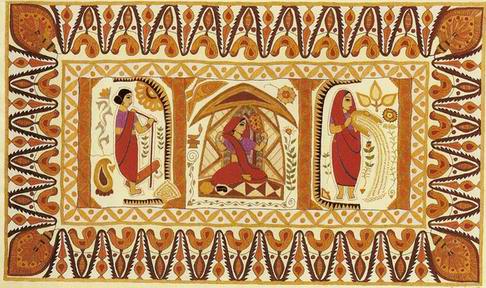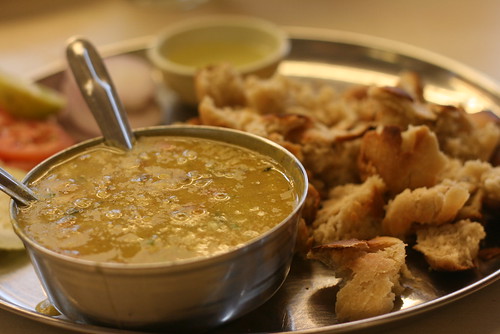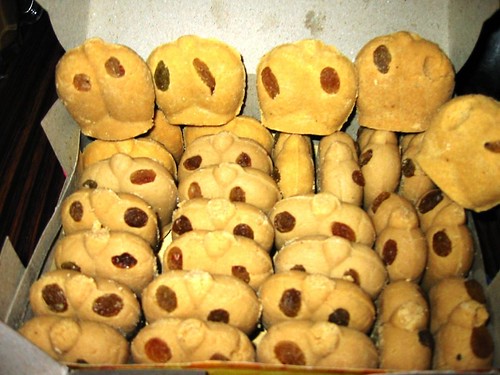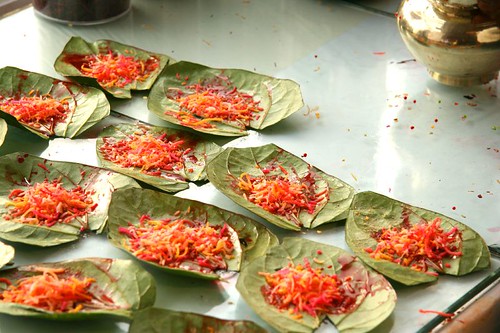
In Mahabharata king Vangaraja in the epic battle of Mahabharata.
3rd century ----------- Mauryan Empire
4th and 6th century ------------- Guptas.
800 a.d. ------------------ Pala dynasty ruled vanga.
11th ------------------- Sena dynasty but were defeated by qutb-din-ibaq, the sultan of
1707 ---------------------After emperor Aurenzeb’s death
1708 1757.---------------- Siraj-ud-daula the last independent ruler of
1764 ---------------------British came into power from east India Company
In medieval bengal, the widows were restircted to household works and lived under strict dietary restrictions, so the kitchen was an important part of their lives; traditional cuisine was deeply influenced by them. Their simple life style lead to use of the simplest of cooking techniques. Since widows were banned to use aphrodisiac condiments such as onion or garlic, the authentic village recipes does not contain these ingredients which is in shapk contrast to the rest of the continent. Thus the use of ginger in bengali vegetarian food, and even in many common fish dishes.
European brought cooking techniques, but also new ingredients and food items. Thus jewish bakeries and english sausage vendors came into existance.
Partition of bengal brought kolkata to dominate the food habits of the state. On the other side of the border,
Traditional bengali cuisine was basically vegeterian except for some local tribals. The rearing of animals was also not popular. This is reflected in the cuisine, which relies on staples like rice and đal, with little place for meat.
Fish is the most popular diet due to abundance of water body specially the ganga and damodar river. Fresh water fishes like (rui,katla,singhi,magur,chingŗi) as well as shuţki (dried sea fish) comman with the massses. Iilish or hilsa is very popular among bengalis, can be called an icon of bengali cuisine along with golda and bagda chingri( jumbo and tiger prawns). The whole fish practically eaten. The head and other parts are usually used to flavor lentils or vegetables.
Khashi and desi murgi is the most popular meat. Other characteristic ingredients of traditional bengali food include rice,musur dal 9 red lentil),moong dal ( yellow lentil), sorser tel( mustard oil), sorsae( mustard), posto(poppyseed) and narkel (ripe coconut). Mango is also very popular out here, ripe as well as raw is eaten here. Aamsotto, chutney, kancha amer sorbot, aam pora and achar are some common items from mango. The panch phoron (black cumin or nigella, black mustard, methi or fenugreek,fennel or mouri, cumin seed or jira) spice mixture is very commonly used for vegetables.
A long curved just like u, which rests on a wooden platform is used to cut veg and meat called bothi.
Wheat makes its appearance alongside rice, in different types of breads such as luchi, kochuri and trikona parota.
Traditionally in villages, people used to have panta bhat(rice cooked the previous day with water) with accompaniments of green chili and raw onions. Some had puff rice ( muri) with kalai er dal and booter dal. In the evening affluent class used to have puff rice with fritters(tele bhaja) with tea. Later chaţ, kachori, samosa, phuluri, chop, cutlet and the jhal muri became popular.
Mughal influence brought in biryani, bhhuna and kormas. Ourt, such as biriani, korma and bhuna. The influence was reinforced with spices like saffron, mace, javitri, ghee and curd. The chaamp, rezalas and kati rolls came into existant.
The influence was also seen in desserts; traditional desserts were based on rice pastes and jaggery but under the mughal influence moved towards significantly increased use of milk, cream and sugar along with expensive spices such as cardamom and saffron.
The britshers swarmed the indian shores as traders. Almost four centuries of their presence left indelible marks on the city, its life style and food habits. The gora sahib learnt to relish some of the local food and the native bawarchis learnt how to rustle a propah english meal of course with a touch of indian laddle.
Chicken xacuti, prawn temperado, prawn cocktail, shepherd’s pie, gratins and puddings, all british indulgences, many of these a british and portugese came into bengal food habits. Mutton chop,kabiraji cutlet and fish fry came into the picture.
The chinese originally settled into a village called achipur south of kolkata in the late 18th century, later moving into the city and finally into its present home in tangra at the eastern edge of kolkata,.brought in chili chicken, manchurian, wanton and spring roll. Later tibeteans brought in momo, thukpa and thenthuks.
The local food
Cutlery used—fingers basically
Crockery-saal patta and kola patta, silver and copper utensils, basically thala( round thin edged flat containers), bati (small bowls), ghoti (pot with small opening) and jol khabar patro (glass).
Dining table—basically ashon( small mattress square or rectangle made of cloth) to sit on the floor.
Sometimes chowki( lowly elvated small table)
Ambience-house wife serving food course wise along with the moving of the pakha ( bamboo made portable fans)
-:Courses:-
First –bitter likely to korala( bitter gourd), neem(bitter margosa leaves), sukto( bitter mix vegetables with gourd).
Second- shak or leafy veg like
palong(spinach),methi(fenugreek),palta patta( leaves of wax gourd), sorsae saag( mustard leaves) lal sag(red spinach), kalmi saag(water spinach).
These may accompany with kasundi( bengal mustard).
Third –lentil with vegetable fritters. 
The dal or lentil may be arhar, kalai, moong, musur and biuli. Fritters include aloo bhaja(potato),begun bhaja(brinjal), potol(wax gourd),bori(sun dried lentil dumpling), narkol(coconut), postor bora( poppy seed dumpling),kumro(pumpkin),rui mach(carp)macher dimer bora(roe of fish) and ilish(hilsa).

which are generally called torkari.
Fifth-macher jhol(thin gravy with fish) like rui amcher tel jhol,
doi maach,macher kalia, chingri machr malai curry etc
Seventh-khasi ba murgi(mutton or country chicken)

Eighth-chutney of mangoes,tomatoes, tamarind,
pineapple papaya,
aamsotto, cashew, kismis etc. Papoŗ, a type of wafer, thin and flaky,
is often made of lentil or potatoes or shabu (tapioca) and is a
usual accompaniment to the chutney.

Ninth-sweets of chenna, khoya(sandesh), rosogollah, pantua, chomchom,
misti doi etc and
various pancakes(pitha) like malpua,pati sapta,puli,naru, soru chakli,payesh.
Tenth-paan or betel leaf :-



3 comments:
Great deal on the history part. Good job. Keep it up.
www.foodista.com
nice one but where is sixth-one?
Chili was introduced in India by Portuguese 500 years ago.Which ingredient was used in Bengal for bringing hotness in their cooking before chili was introduced? Food history is silent on this aspect.
(Subrata Bhowmik)
Post a Comment